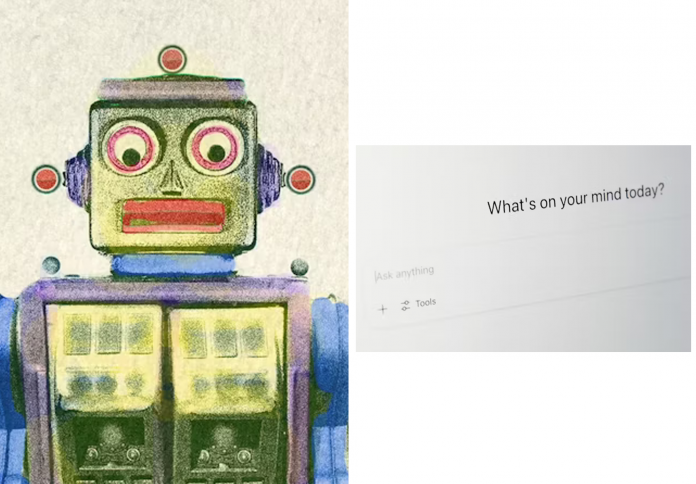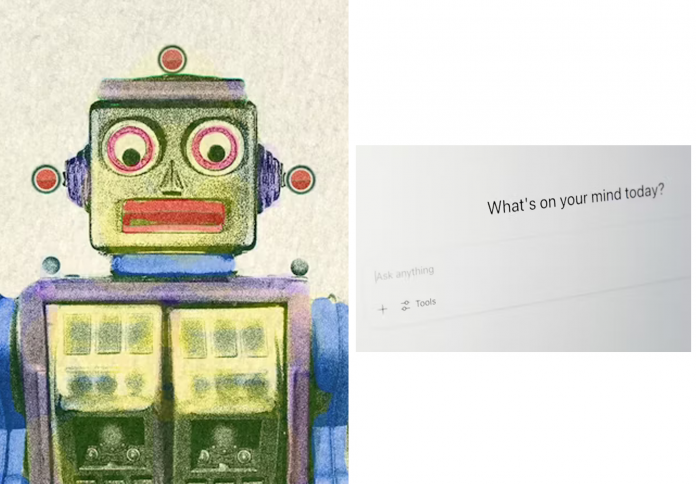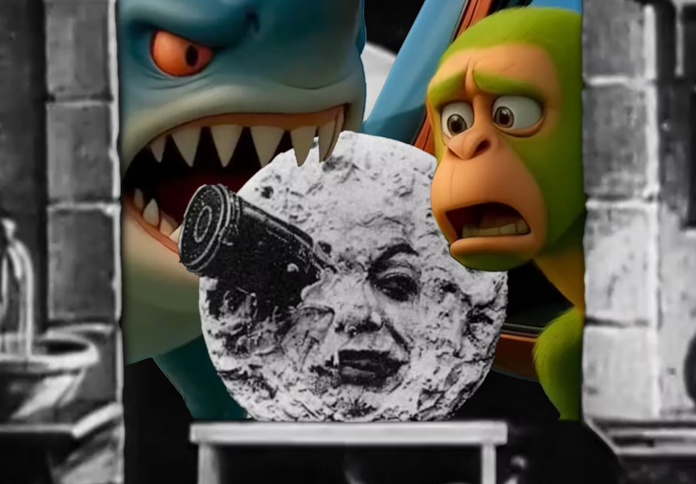Off the coast of the Croatian island of Korčula, underwater archaeologists have made a sensational discovery: a meticulously constructed stone road and the remains of a 7,000-year-old Neolithic settlement beneath the Adriatic Sea. Dating back to approximately 4900 B.C., the road once connected the ancient community of the Hvar culture, built on an artificially created islet, to the main island’s shore. This extraordinary find, preserved for millennia under layers of sea mud, challenges previous notions of social complexity, engineering, and maritime trade among early human communities in the Mediterranean. Protected from destruction by the surrounding archipelago, this submerged highway and its connected settlement offer an unprecedented window into a thriving, sophisticated Stone Age society.
Unveiling the Neolithic Hvar Culture
The newly discovered submerged settlement and its connecting road belong to the Hvar culture, a Neolithic society that inhabited the eastern Adriatic coast and islands roughly 7,000 years ago. The site, named Soline, was originally an artificial island created by this ancient people. This fact alone suggests a remarkable level of engineering and communal effort, indicating a society that was not simply nomadic but was capable of long-term strategic planning and significant environmental modification.

The Hvar culture is known for its distinctive, ornate pottery, and artifacts such as flint blades, stone axes, and fragments of millstones have been recovered from the sunken site. These tools suggest a community of early farmers and sophisticated artisans, with some evidence of flint having central Italian origin, implying long-distance trade and communication across the Adriatic Sea.
The Engineering of a Stone Age Causeway
The most astonishing part of the discovery is the road itself. Found at a depth of about 4 to 5 meters (13 to 16 feet) underwater, the causeway is approximately four meters (13 feet) wide and was constructed from carefully stacked stone slabs. The sheer effort required to quarry, transport, and place these stones to build a sturdy, usable road linking a man-made islet to the coast demonstrates an advanced level of communal organization and technical skill for the period.

Radiocarbon dating of preserved wood found at the site helped archaeologists date the construction of the entire settlement to around 4900 B.C. The road’s exceptional preservation is credited to the location’s natural geography; the surrounding islands shield the area from large, destructive waves, keeping the ancient structure intact beneath the protective layer of sea mud.
A Double Discovery on Korčula
The site at Soline is not the only secret Korčula has kept hidden beneath the waves. During subsequent investigations, archaeologists from the University of Zadar discovered a second submerged Neolithic settlement on the opposite, western side of the island in Gradina Bay. This second site is described as being “almost identical” to the one at Soline, lying at a similar depth and yielding similar Hvar culture artifacts.

The discovery of two highly similar, sophisticated underwater settlements on a single small island indicates that the Hvar culture had a more extensive and developed presence than previously understood. It raises compelling questions about the inter-connectivity between these two settlements and how this Stone Age maritime society utilized the coast and near-shore waters for trade, safety, and community life before rising sea levels eventually submerged their construction.
Changing the Narrative of Prehistoric Life

Before these incredible finds, it was often assumed that Neolithic island communities were relatively isolated and had a more rudimentary social structure. The presence of a wide, well-built causeway connecting settlements, along with evidence of trade with the Italian coast, suggests a far more complex and interconnected society. The Soline road served as a vital, purposeful communication link, indicating a community that was not just surviving but thriving and actively adapting to its island environment. The research team’s ongoing excavation is set to further reveal the secrets of this lost world, offering new perspectives on the ingenuity and adaptability of the earliest inhabitants of the Mediterranean.










